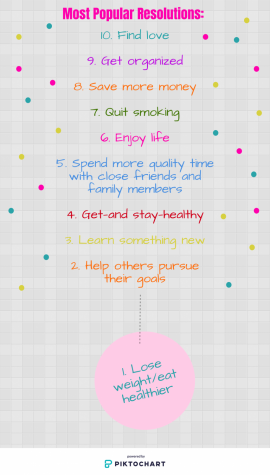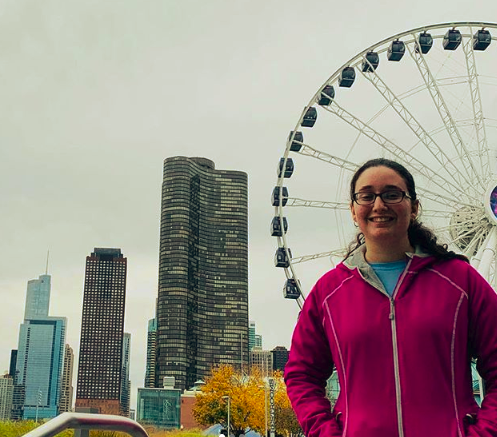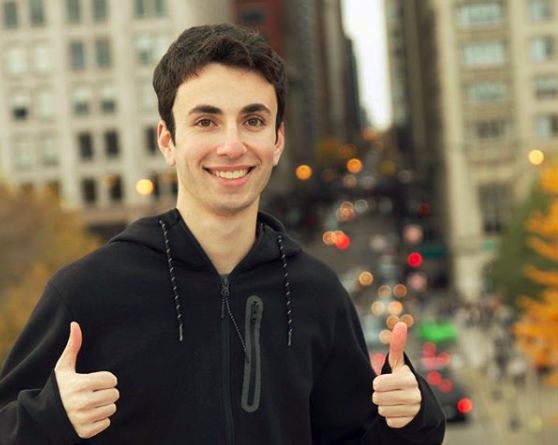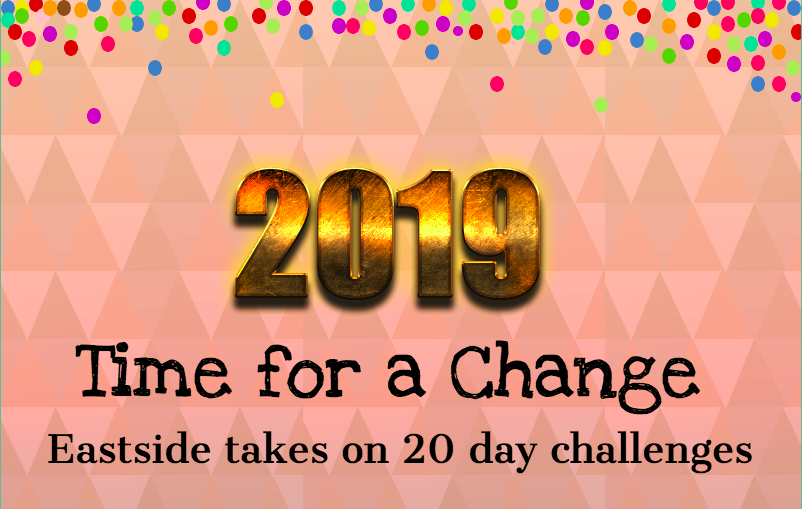Eastside Editors all selected a challenge to pursue for the month of December.
Time for a Change
Eastside Editors try 20 day challenges.

Information by Mental Floss
All about New Year’s Resolutions:
Nafessa Jaigirdar
Every December, as the new year rolls around, people set out to better themselves. They promise to eat healthier, to go to the gym, to try something new or to finally take that vacation they have always been wanting to take. Eastside editors are no exception. With 2019 here, multiple editors decided to take on a variety of twenty day challenges. Trying everything from a Snapchat cleanse to meditating, maintaining a laughter journal to drinking a shot of apple cider vinegar every day, the editors learned a lot not only in the difficultly of developing habits, but also about themselves along the way! Read on the hear their stories!
The History of New Year’s Resolutions:
Interestingly enough, New Year’s Resolutions date back to Babylonian civilization. The ancient Babylonians celebrated the new year (first new moon after the Spring Equinox) with eleven days of celebration in which part of their responsibility was to make promises to get on the right side of all their Gods. This tradition carried into the Roman Empire and has withstood the test of time.
Why do we form New Year’s Resolutions:
The estimate is that less than 10% of New Year’s Resolutions actually come to fruition according to the University of Scranton Psychology Professor John C. Norcross, Ph.D. But if that really is the case, why do we continue to form New Year’s Resolutions time and time again?
Much of the answer lies in what is known as the “fresh start effect,” or the idea that temporal landmarks (like a new year) stimulate aspirational behaviors like losing weight or studying daily. Looking at Google’s Archives, it appears that search results for the word “diet” climb 82% immediately following New Year’s Eve. According to Hengchen Dai Ph.D. of the University of Pennsylvania, this same trend appears across the board at the beginnings of new weeks and months and after federal holidays, though on a much smaller scale. In terms of following through with their goals, further research by Dai shows that attendance at a university gym increased at the start of a new year, month, and week.
What does it actually take to form a habit?
Many of us live on the assumption that it takes 21 days to form a habit, but the reality is that this is a myth created by Maxwell Maltz, a plastic surgeon in the 1950s. Maltz noticed that it would take the patient 21 days on average to get used to seeing their new face. His findings spread and the idea of the magic number “21” became a worldwide phenomenon. More recently, researchers from the University College London were able to disprove Maltz’s theory. They examined the new habits of 96 people over the space of 12 weeks, and found that the average time it takes for a new habit to stick is actually 66 days; furthermore, individual times varied from 18 to a whopping 254 days. Habit forming is almost entirely dependent upon the nature of the individual as well as the habit itself. Not only is there no set number of days, there is also no set formula to forming a habit. The journey is different for everyone.
Check out the grid below to learn more about what the Eastside editors have been up to these past couple weeks and see how their journey turned out!

















